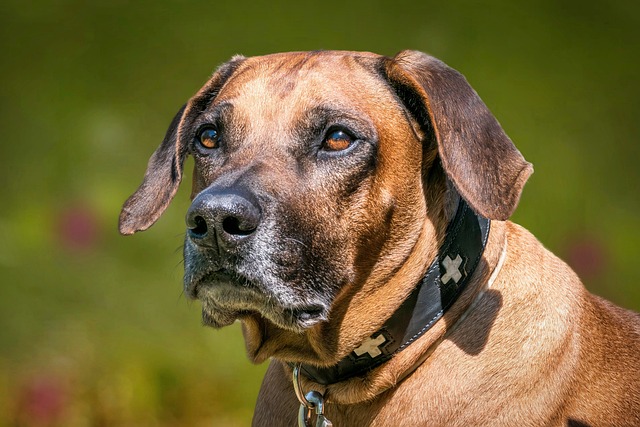
How do i train my dog to be obedient?
Watching your dog dart across the park ignoring your calls isn’t just frustrating—it can put them at risk near busy streets or public spaces.
Watching a dog soar through agility obstacles—tail wagging, eyes bright with focus—seems like pure canine happiness. But is it truly beneficial for every dog? The answer hinges entirely on how it’s practiced. When done ethically, agility offers incredible physical and mental rewards. Studies show it lowers stress hormones by up to 27% in dogs, sharpens problem-solving skills, and deepens the human-animal bond through teamwork. Breeds like Border Collies thrive on the challenge, while urban pets gain vital energy outlets. Yet this sport isn’t universally suitable, and corners cut in the name of competition can violate animal welfare principles across the EU and UK.
Physical risks demand serious consideration. Brachycephalic breeds (Pugs, Bulldogs) risk respiratory collapse during intense runs. Long-backed dogs like Dachshunds face spinal injuries from jumps. Puppies under 18 months shouldn’t jump at all—their developing joints can’t handle impact, potentially causing lifelong arthritis. Even athletic dogs suffer when trainers ignore subtle pain signals or push daily sessions, increasing ACL tear risks fourfold. Under regulations like France’s 2021 animal welfare law, forcing injured dogs to train can now result in fines or prosecution.

The training approach matters equally. Using shock collars or harsh corrections—banned under Germany’s Animal Welfare Act—undermines agility’s spirit. Force-free methods prioritize trust: starting jumps at ankle height, limiting sessions to 10 minutes, and using grass surfaces. Reputable clubs like the UK Kennel Club now require vet clearance (hip X-rays, cardiac checks) before competition. Scandinavia’s "agility for all" movement adapts courses for seniors and rescues, while California clubs incorporate beach runs to prevent overheating—a nod to climate-conscious welfare.
Ultimately, agility shines when welfare leads. Choose instructors certified by bodies like the Association of Pet Dog Trainers (APDT), which prohibits punitive tools. End sessions while your dog is still eager, not exhausted. Skip competitions if your dog shows stress—licking lips, tucked tails. For unsuitable breeds? Try scent work or puzzle games instead. True agility success isn’t trophies; it’s seeing your dog choose joyfully to collaborate, obstacle after obstacle. When balanced with biology and compassion, this sport becomes one of humanity’s finest tributes to canine partnership.

Watching your dog dart across the park ignoring your calls isn’t just frustrating—it can put them at risk near busy streets or public spaces.

New puppy owners often find themselves rushing to clean up accidents before they set in, and that’s where puppy pad training becomes a game-changer.

If you've noticed your dog's waistline disappearing and your veterinarian has mentioned those few extra pounds, your first instinct might be to simply reduce the amount of food in their bowl.

Training a dog to use a designated spot indoors isn’t as daunting as many new owners fear, but it does take consistency and an understanding of your pet’s needs.

That moment of dread on a walk is all too familiar for many new dog owners. You see another dog approaching down the sidewalk of your neighborhood

If the sight of another dog on your neighborhood walk makes your heart sink as your own dog erupts into a frenzy of barking and lunging, you're not alone.